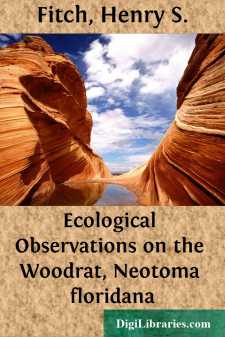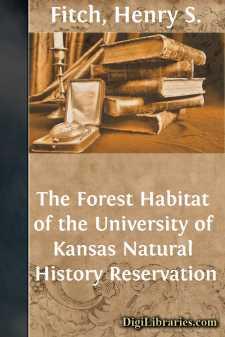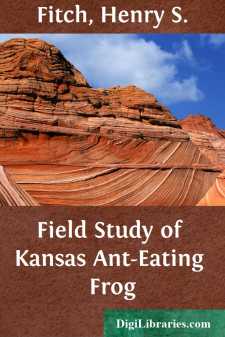Categories
- Antiques & Collectibles 13
- Architecture 36
- Art 48
- Bibles 22
- Biography & Autobiography 813
- Body, Mind & Spirit 142
- Business & Economics 28
- Children's Books 15
- Children's Fiction 12
- Computers 4
- Cooking 94
- Crafts & Hobbies 4
- Drama 346
- Education 46
- Family & Relationships 57
- Fiction 11829
- Games 19
- Gardening 17
- Health & Fitness 34
- History 1377
- House & Home 1
- Humor 147
- Juvenile Fiction 1873
- Juvenile Nonfiction 202
- Language Arts & Disciplines 88
- Law 16
- Literary Collections 686
- Literary Criticism 179
- Mathematics 13
- Medical 41
- Music 40
- Nature 179
- Non-Classifiable 1768
- Performing Arts 7
- Periodicals 1453
- Philosophy 64
- Photography 2
- Poetry 896
- Political Science 203
- Psychology 42
- Reference 154
- Religion 513
- Science 126
- Self-Help 84
- Social Science 81
- Sports & Recreation 34
- Study Aids 3
- Technology & Engineering 59
- Transportation 23
- Travel 463
- True Crime 29
Henry S. Fitch
Henry S. Fitch (1909-2009) was an American herpetologist and ecologist renowned for his extensive research on reptiles, particularly snakes. He authored several influential books and numerous scientific papers, contributing significantly to the understanding of reptile ecology and behavior. Fitch's long-term studies, especially at the University of Kansas Natural History Reservation, set a standard for ecological fieldwork in herpetology.
Author's Books:
Sort by:
by:
Henry S. Fitch
Introduction The eastern woodrat exerts important effects on its community associates by its use of the vegetation for food, by providing shelter in its stick houses for many other small animals, and by providing a food supply for certain flesh-eaters. In the course of our observations on this rodent on the University of Kansas Natural History Reservation, extending over an eight-year period, from...
more...
by:
Henry S. Fitch
IntroductionIn northeastern Kansas, before it was disturbed by the arrival of white settlers in the eighteen fifties, tall grass prairies and deciduous forests were both represented. These two contrasting types of vegetation overlapped widely in an interdigitating pattern which was determined by distribution of moisture, soil types, slope exposure and various biotic factors. The early explorers who saw...
more...
by:
Henry S. Fitch
INTRODUCTION The ant-eating frog is one of the smallest species of vertebrates on the University of Kansas Natural History Reservation, but individually it is one of the most numerous. The species is important in the over-all ecology; its biomass often exceeds that of larger species of vertebrates. Because of secretive and subterranean habits, however, its abundance and effects on community associates...
more...
by:
Henry S. Fitch
Habitat In Kansas this kite seems to prefer open and even barren terrain, in contrast with its habitat in forests of the southeastern states. Typical habitat of Kansas is that of the High Plains, dominated by a short-grass climax of blue grama (Bouteloua gracilis) and buffalo grass (Buchloë dactyloides), with sagebrush (Artemisia sp.), prickly pear (Opuntia sp.) and other somewhat xerophytic...
more...
by:
Henry S. Fitch
Introduction The common garter snake (Thamnophis sirtalis) has by far the most extensive geographic range of any North American reptile, covering most of the continental United States from the Atlantic to the Pacific and from south of the Mexican boundary far north into Canada and southeastern Alaska. Of the several recognized subspecies, the eastern T. s. sirtalis has the most extensive range, but...
more...






